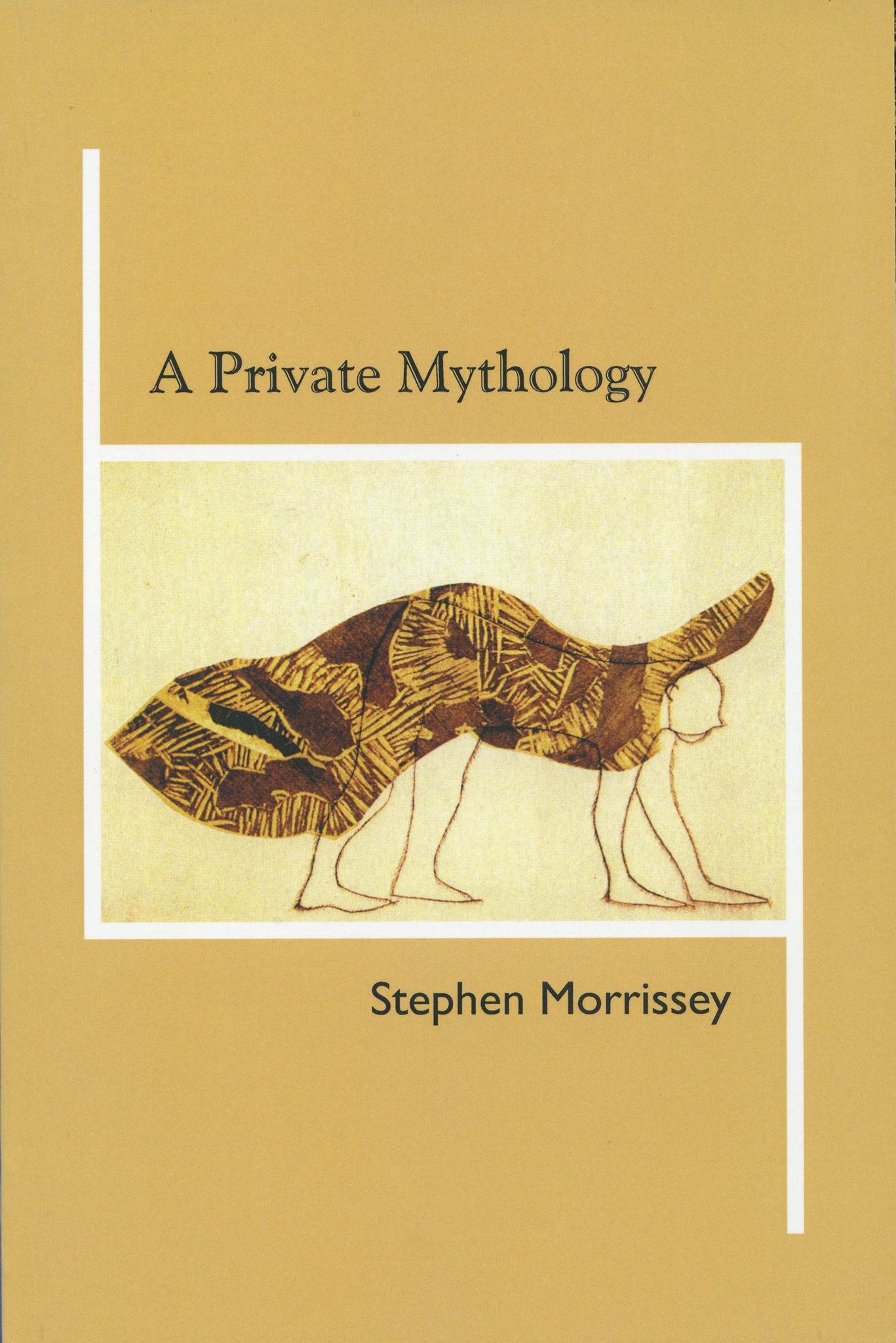POEMS
The Rock, or A Short History of the Irish in Montreal
1.
Isaac Weld, from Dublin,
writes of Montreal in 1796,
the houses in lower town
were gloomy, reminding
him of jail.
According to E.A. Talbot's
comments on Montreal in 1820:
"The whole city appears
as one vast prison..."
Grey stone churches,
endless rows of two storied
brick buildings,
and dreary November days
already dark at 4 p.m.
2.
Typhus among Irish famine victims
arriving by ship in 1847-48.
The rich live on Mount Royal—
who A.R.M. Lower described as living
“comfortable and smugly...
in their devotion to their duty,
to the tribal instincts,
and to ensure status
as the measure of all things.”
The poor, as ever, occupying
the city below the hill.
What remains today of Griffintown
where houses once stood
front doors opening directly
to the sidewalk—in the English
manner of a worker's house—
now empty lots, factories, parking lots
for trucks; Leo Leonard's horse stable,
the smell of manure and a barking dog;
and the triangular shaped lot
now a park with the excavated stone foundation
of St. Ann's Church, 1854 to 1974;
an archaeological site, St. Ann’s
where Father James Callaghan served
as parish priest in 1874, before
joining his prominent brother
Father Martin, at St. Patrick’s;
it wasn’t until thirty years later
that Father Martin was eventually
passed over for promotion, by then found
too working class for Montreal's
now up and coming Irish.
3.
Ireland became
an island of famine,
so the occupants took flight
in ships, brigs, and barks;
weighed anchor,
return impossible.
The dying
lay on straw
mattresses
in fever sheds;
many died, including Montreal’s
Mayor John Easton Mills.
Catholic and Anglican
clergy administered
to the sick;
three rows
of seven sheds
between Bridge
and Riverside Street
south of Britania;
five thousand died,
buried in crude coffins
made from planks,
the majority buried
in common lime pits.
All commercial
and social activity
ended, 44° Celsius
on July 7, the height
of the epidemic,
by July 22, 3,500 people
lay dying in the fever sheds.
4.
Of what was called Goose Village
nothing remains:
the immigrants’ old burial grounds
and Windmill Point where fever sheds were erected,
a burial ground after 1847.
The Black Stone
dredged from the bottom of the St. Lawrence
by workers constructing the Victoria Bridge,
who placed it in commemoration
of where they discovered the remains of the 5,000 dead Irish,
bones wrapped in cloth; bone and flesh the outer garment
of soul and spirit:
We Preserve from Desecration
The Remains of 5000 Immigrants
Who died of Ship Fever
A.D. 1847 – 1848
This Stone
Is Erected by the Workmen
of
Mess. Peto, Brasset & Betts.
Employed in the Construction
of the
Victoria Bridge
A.D. 1859
5.
These are the months of winter in Montreal:
October 31, the first snow fall on Halloween,
slush in the streets for a few days before melting;
all of November into December,
children arriving home from school in darkness;
January and February, earth frozen
hard as rock, glare of sunlight, harsh blue sky;
a few more sparrows
gather at the back door;
March, when spring does not arrive;
April's feeble spring days;
May growing out of April,
spring lasts a week
before summer
and sudden intense heat.
6.
In Goose Village, in Griffintown,
did those who arrived before the famine
look from their windows, the fever sheds nearby—
consider that people like themselves
came 4,000 miles to die?
Mary Callaghan,
at 45 Hermine Avenue
from 1884 to 1892,
walked up St. Alexander
to St. Patrick's Church
where her brothers Martin
and James were priests.
Mary’s husband, Thomas Morrissey,
worked as a brass finisher
at the Robert Mitchell Company;
retired in 1905; Saturday mornings
his grand-daughter Mable
collected his pension check.
Daniel Sweeney, a tailor employed
at a shop on Ste. Catherine Street and Bleury,
lived at 22 Hermine during the 1840s;
in fifty years his grand-daughter would marry
Mary and Thomas’s son.
Thomas’s father, Laurence, lived
on Vallée Street for half his life,
although at various addresses.
In 1866 a letter arrived
from Laurence’s nephew William
in Newcastle, New Brunswick
asking him to visit there,
his family missed him.
Later, William practised medicine
in Brooklyn, New York,
where he died in 1898;
Rosemary, his daughter,
died in childbirth in 1909.
7.
I join the others
for the march to the Black Stone
—from St. Gabriel’s Church
in Point St. Charles,
to Bridge Street—
we walk past empty lots,
the Maple Leaf packing plant
and abattoir, now closed.
The police secure streets
allowing the procession
to pass, about a hundred
people against rain and time;
there are no names on this mass grave
there’s a little of all of us buried here,
beneath a four lane road divided by the Black Stone,
pipes, sewers, weeds and wild grass
in the asphalt cracks and adjacent empty lot.
Then a representative of the Irish government
makes a short speech on peace in Northern Ireland,
and the return walk back to St. Gabriel’s. Our home
is not Ireland, it is here in Montreal
where we have buried our dead,
the grave of father and grandfather,
great grandfather and great great grandfather.
Ancestors, history, spirit, who we are
and what we’ve become:
bone wrapped with flesh and muscle;
spirit in body, names in stone.

